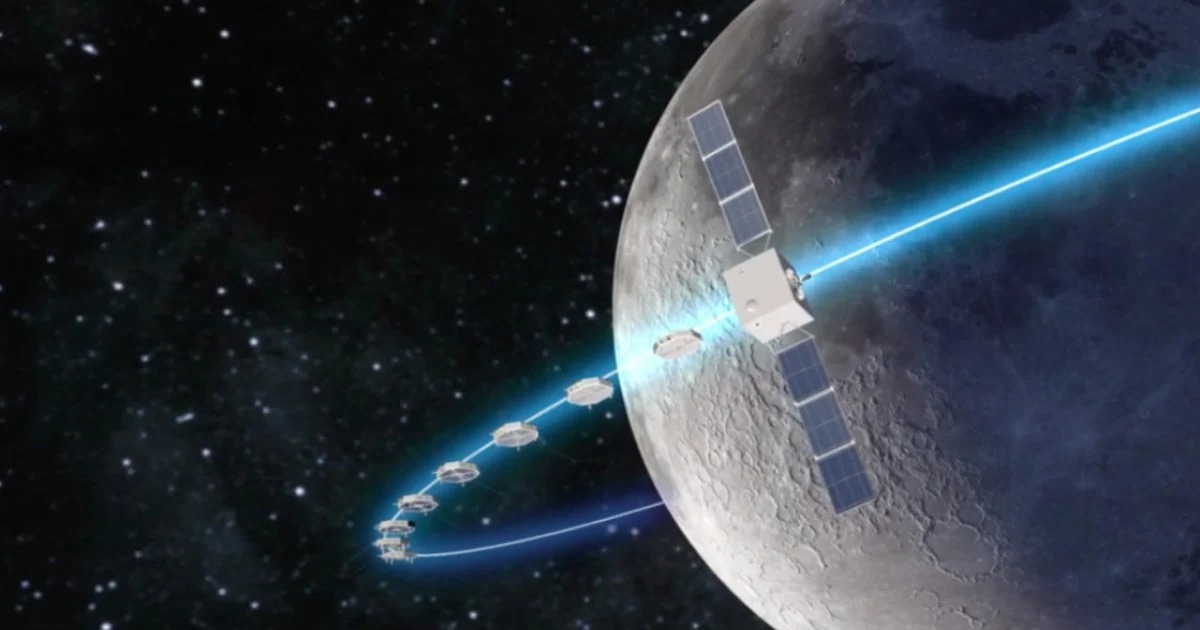The James Webb Space Telescope looks into the depths of the universe and studies the most distant objects. Chinese astronomers are also keen to look into the cosmic “dark ages” – an unexplored era about 200 million years after the Big Bang. Without the American space telescope, but on their own. But to do this, the Chinese will go another cheaper way, using our Moon as a shield to block noise radio signals caused by human activity on Earth, the South China Morning Post reports.

The Discovering the Sky mission in Longest Wavelength (DSL) involves sending a group of satellites to the Moon that could capture ultra-long radio waves created by hydrogen atoms of the “cosmic dawn” era, when the first stars were born, exploding with radiant light. These ancient radio signals contain interesting secrets about the early universe, but they are very difficult to catch from Earth, because our planet is full of natural and artificial radio interference. For this reason, many scientists have proposed building telescopes on the far side of the Moon.
Based on it, the Hongmeng mission was created in honor of the primeval fog of Chinese mythology. Its idea allows us to avoid headaches when landing and building an observatory on the surface of the Moon. Hongmeng will consist of nine interconnected satellites in a circular orbit around the Moon. Communication with the Earth will be maintained by the “mother” satellite, which will be the only one returned to Earth. This approach will allow “the Moon to protect satellites from radio frequency interference departing from the Earth.”

Chen Xulei, a professor at the National Astronomical Observatory at the Chinese Academy of Sciences, who is the scientific director of the DSL project, said that the Hongmeng mission will help humanity look at the “cosmic dawn” and the “dark ages”, it also has a huge potential for big discoveries in a number of other industries, such as the science of the Sun, planets and exoplanets, and radio signals from other galaxies.
If the mission gets the go-ahead, it will be launched in the mid-2020s. The secret to the speed of deployment of such a mission is that it will require only one rocket launch to take out a fleet of ten satellites at a time. This means that humanity may be able to open the curtain on one of the most intangible and important epochs in the history of the universe over the next decade.
Earlier, China launched a secret reusable spacecraft.
Follow us on Twitter to get the most interesting space news in time
https://twitter.com/ust_magazine
